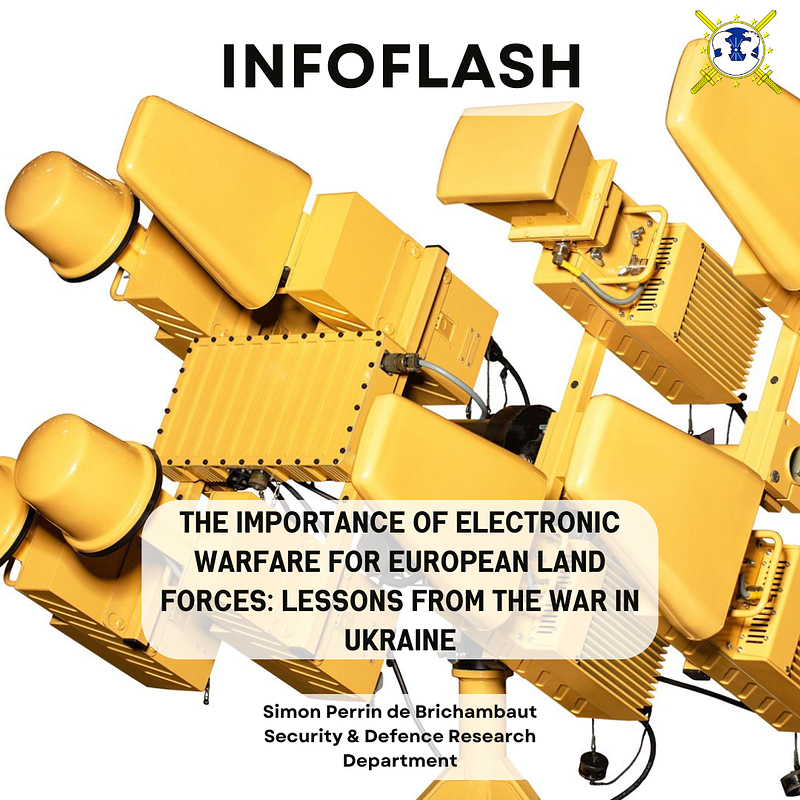The Importance of Electronic Warfare for European Land Forces: Lessons from the War in Ukraine
Armed forces in all domains are becoming increasingly reliant on electronic equipment that uses the electromagnetic spectrum (EMS) and its associated frequencies. Electronic warfare (EW) serves both to secure and to deny access to the EMS. The war in Ukraine had demonstrated that EW capabilities are now crucial for land forces, with their scope and applications continuously expanding. For example, unmanned aerial vehicles (UAVs) have become the focus of a contest in EW between Ukraine and Russia, with each side attempting to deny the other the use of these systems and the EMS necessary for their operation. European land forces should observe and assimilate the lessons from Ukraine’s experience in EW, as their own EW capabilities have become largely obsolete or insufficient.




